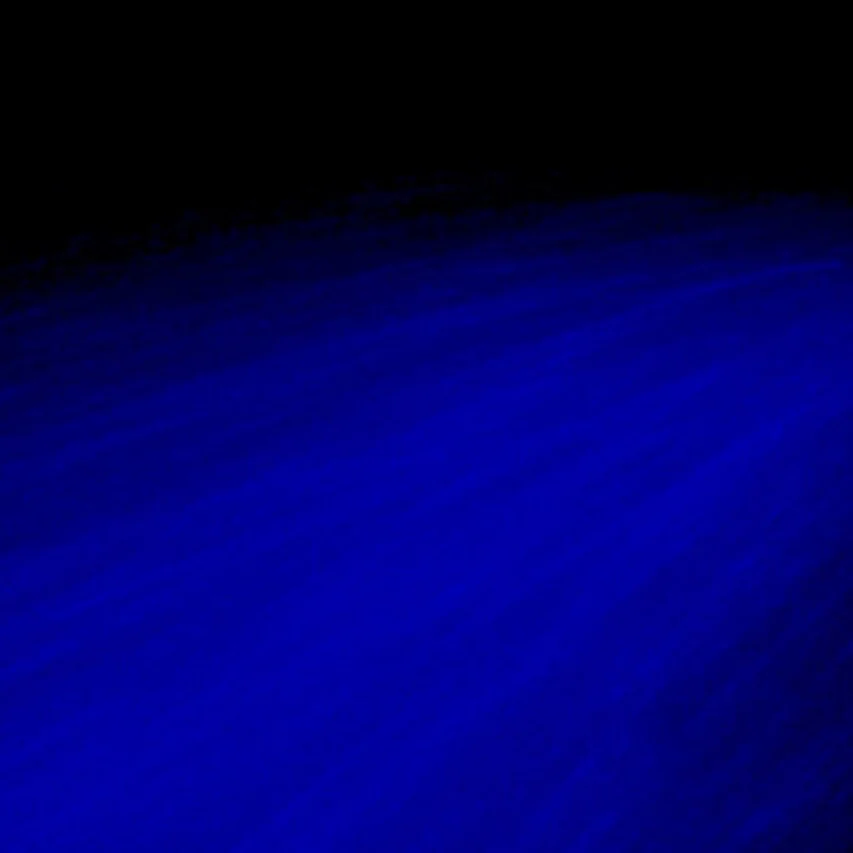Bioluminescence in Golfo Dulce
by Bethan and Judit (Resident Biologists from the University of Cambridge)
Perhaps the most magical experience to be had in Costa Rica is witnessing the otherworldly bioluminescence in Golfo Dulce at night. Even though bioluminescent waters can be found around the world, it is rare to be able to see them due to light pollution. In the waters of Golfo Dulce in Costa Rica, however, bioluminescence is visible all year-round.
Sketches of several species of dinoflagellates, including members of the genera Peridinium and Dinophysis, reproduced from the classical monograph of Haeckel “Kunstformen der Natur” (1904).
As a molecular biologist, I am intimately familiar with the importance of bioluminescent organisms in science research as well as nature. Green fluorescent protein (GFP), aequorin and luciferase are just a few examples of the proteins responsible for the light emitted - and I use these every day in the lab. Even though aequorin and GFP were first isolated from jellyfish (Aequora victoria) and luciferase from fireflies (Lampyridae), they are now used in a huge variety of fields. For instance you can use these luminescent proteins to observe the development of zebrafish, to follow the movement of a virus in infected tobacco plants or even to visualise the release of calcium in muscle tissue.
But far away from my lab, in the tranquil waters by Golfo Dulce in Costa Rica, bioluminescence serves a very different purpose. The primary source of marine bioluminescence is dinoflagellates, which are an extremely diverse group of planktonic unicellular algae. They occur all around the world in both marine and freshwater habitats, even in snow and ice. What causes these tiny creatures to glow is mechanical stimulation from predators, waves or even our bodies swimming in water. Why? There are two parts to the evolutionary purpose of these flashes. Firstly, it is theorised that the flashes of light startle and repel predators. Secondly, the “burglar alarm” theory suggests extra, higher-level protection: when the alga lights up, the flash attracts a predator of the predator.
Dinoflagellates are an especially interesting group because bioluminescence is just one example of their quirky lifestyles. Some species are responsible for producing toxic algal blooms which can occur naturally (for example as a result of temperature increase in El Niño events in the Pacific Ocean) or as a result of human activities (like coastal pollution and climate change).
Bioluminescence in Golfo Dulce, Costa Rica
The most remarkable example of these lifestyles is unexpectedly familiar. Some dinoflagellate species called zooxanthellae have an endosymbiotic relationship with corals. Normally, the algae live within coral polyps, providing them with their colour as well as 90% of their energy through photosynthesis. In return, the coral polyps give the dinoflagellates nutrients and shelter from predators. Rising ocean temperatures threaten this relationship. It stresses the corals so they expel the dinoflagellates. The result? A drastic loss of colour, a bleached appearance, and starving corals. This affects the incredibly diverse ecosystem sustained, ultimately, by the dinoflagellates.
Beyond dinoflagellates, bioluminescence occurs in many kingdoms of life, including algae, bacteria, animals and even fungi. What is incredibly fascinating about this process is that very distantly related organisms have evolved their version of luciferase completely independently roughly 40 times. This is one of the most impressive examples of convergent evolution - whereby distantly related organisms evolve similar traits, such as the wing structures of birds, butterflies and bats.
The most common form of bioluminescence is chemiluminescence. This is the approach taken by dinoflagellates, fireflies and even foxfire-producing fungi. A chemical reaction transforms a molecule called luciferin into oxyluciferin in an excited state. As this excited state is unstable, it drops into a lower energy level, releasing light in the process. The entire reaction from mechanical stimulation to the release of light is one of the fastest cellular processes in living organisms: it takes place in just a fiftieth of a second.
Bioluminescent Dinoflagellates light up after passage of boat
Different situations call for different colours of light. In the ocean, blue travels the furthest and is therefore most easily seen, so blue is the colour that dinoflagellates have evolved to emit. What exactly determines the colour of the emitted light is not well understood, but it’s currently thought that it is determined by the microenvironment of the excited oxyluciferin. This microenvironment is controlled by a protein called luciferase. Due to convergent evolution, the structure of luciferase and even the mechanism of the reaction itself can be wildly different between different kingdoms of life.
It is remarkable that such an intricate mechanism is essential in both research and the natural world. The Golfo Dulce in Costa Rica is exceptional for witnessing this phenomenon so alien to us: very few places in the world have both permanent bioluminescence and unpolluted skies. It is truly a once in a lifetime opportunity to swim amongst innumerable twinkling lights under the starry night sky.
Further reading on this topic:
Jungle Blog: Bioluminescence - One of the Wonders of Earth
Infographics: Golfo Dulce’s Bioluminescence
Ocean Excursions: Night Bioluminescence



